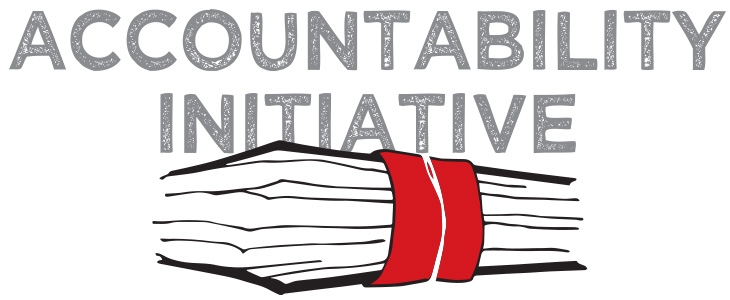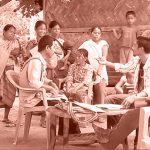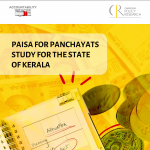
Finding a Voice: Community Television Initiative
12 February 2010
Some people used to argue that elections are THE best instruments of accountability. But events have overtaken the idea and now there are many who are focusing on the limitations of election, mainly, if you have an uninformed citizenry.
There is another dimension to it. While in democracies, elections provide an incentive for politicians to perform, governments are not likely to respond as enthusiastically to those who are unlikely or marginalized voters, no matter whether their plight has been well covered or not. So how do you turn uninformed citizenry or marginalized voters into active citizens?…In short, by providing evidence based information.
On the face of it, getting critical news and information out to citizens should be an easier and easier task in today’s digitalized, networked and hand-held world. But most media—across regions and on any platform: print, radio, TV or online—aren’t interested in serving the public good, because there is no finance to that public-good role.
This then presents an opportunity for the development community. To get information out to the public, to educate the public about who to trust and how to evaluate information sources, research organization needs to use newer tools. But, where is the tool?
Community Television initiative can be considered as one such dynamic tool. Access to television in remote Indian villages has changed substantially in the past few years. And, community television will have many advantages over print media. Programmes, nearly always in the local languages would deal with local issues involving ordinary people so that villagers (even illiterate ones) and town people understand what they are about. The volunteer appointed by a civil society can organize a debate once in a week on localize issues, which in turn would become topics for programmes on the community television. For example, Byrraju Foundation in collaboration with UNESCO has set up one such initiative -Ankuram community TV.
This innovation combines a TV studio and the existing wifi network with a local cable TV facility enabling people to access the services and programmes right in their homes. This technological and social innovation is being piloted in three villages (Cherukumilli, Juvvalapalem & I-Bhimavaram) in West Godavari district, Andhra Pradesh and the local programmes reach about 69 villages across the district through the cable network.
If community TV network gains momentum in India, then rural India should perhaps call the TV the Empowerment Box instead of the Idiot Box.
Sruti Bandyopadhyay is a Researcher at Accountability Initiative





